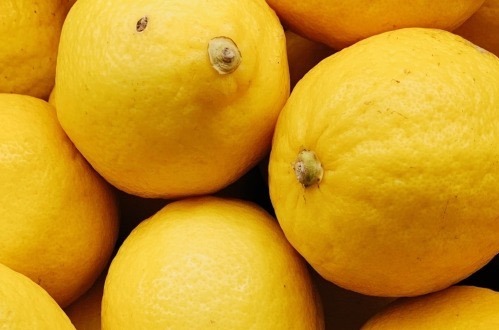W28: Lemon and Lime Update

In W28 in the lemon and lime landscape, the global lime market is going through a period of uncertainty, with prices increasing and supply facing challenges to meet demand. Issues like phytosanitary concerns and oversupply in Europe play a role in the fluctuating prices. The European Union (EU) lime market is recovering from low prices, with Brazilian lime prices standing at USD 5.61/4.5kg. This improvement is due to recent rainfall and reduced yield in production areas. Around 120 containers of limes will arrive in Europe in W28, with over 70 more in the coming two weeks. Importers in the Netherlands assure a steady supply of limes during the summer season, while Italy is slowly recovering from a surplus situation. The Italian wholesale lime market saw a price increase due to oversupply, with prices rising to USD 11.23/per carton (EUR 10/carton) in W27. Despite this, cultivation and logistics costs remain low. As the demand for limes is expected to rise, especially in tourist areas during the summer, prices will likely continue increasing. Additionally, Italian lime demand is expected to grow, while Brazil may experience a slight decrease in volumes. The price improvement is influenced by lower import volumes from Brazil and increased demand from tourist destinations.
Lime supply in Greece has fluctuated over the past 20 days, with unstable quality. Imported limes from the Netherlands, Brazil, and Mexico dominate the market. Brazilian limes have been downgraded due to low temperatures and rainy weather, creating a favorable market for visually appealing green-skin limes. Lemon prices are expected to rise to USD 9.00/4.5kg during peak vacation periods in Jul-23. Meanwhile, the Ministry of Agriculture, Fisheries, and Food has authorized the registration of the new lemon variety Silkroad from the Spanish company Ciqua Levante. This variety attracts producers worldwide and is already attracting attention. Harvesting of Silkroad variety begins in early Sep-23, with 60% to 80% of the crop harvested before Oct-23, providing an early market supply.
The United States Department of Agriculture (USDA) predicts a 13% decrease in the 2022/23 lemon crop in the United States (US), with a 19% decline from the previous season's final utilization. California's lemon forecast is 20 million boxes, a 21% (year-on-year) YoY decrease. Arizona's forecast is 1.4 million boxes, an 18% decrease from the previous forecast but a 12% increase compared to the 2021/22 season. Peruvian fresh lemon exports have reached 21.8 thousand metric tons (mt) thus far in the 2022/23 season, representing an increase of 18% YoY. Furthermore, in W27, Peruvian lemon shipments have partially recovered, with 296 mt exported –a decrease of 8% from last year's period. The Mexican lime crop in North America faces challenges due to high temperatures and humidity, causing discoloration, shorter shelf life, and smaller growth. Exporters use longer refrigeration periods, but high demand and increased prices reduce volume, causing a 35 to55% price increase. These challenges affect supply and pricing in the lime market. Furthermore, limes exports in Argentina face challenges due to limited shipments, long transit times, and limited volume. Growers and exporters face only two pallets per container, primarily sold in local markets.




